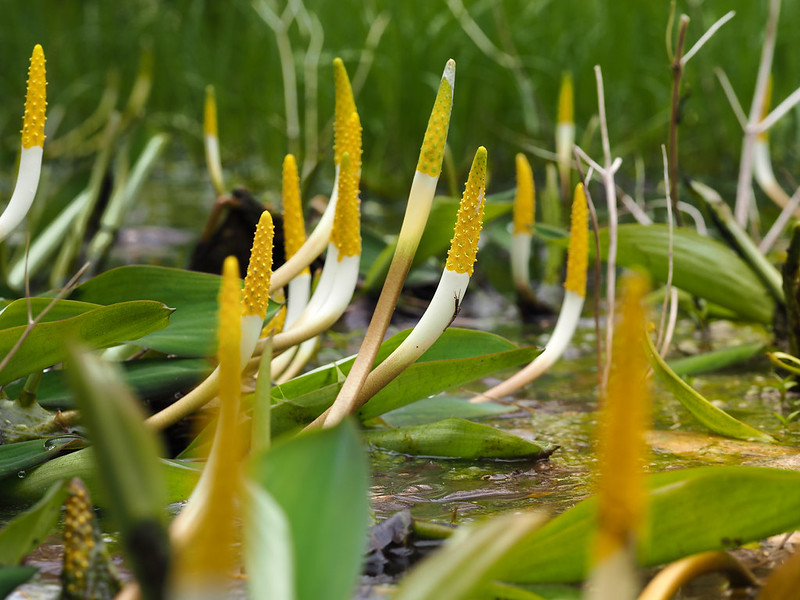Notice
This is a region-specific tool for New England, otherwise known as the Northeastern United States encompassing Maine, Vermont, New Hampshire, Massachusetts, Rhode Island and Connecticut.
What Is GoBotany?
This tool functions like an online identification key rather than an identification app. The plant database is upkept semi-regularly by Native Plant Trust (formerly known as New England Wild Flower Society) in partnership with several collaborators and partners noted on their contributors page.
The project was funded by a four-year grant from the National Science Foundation, and builds upon the work of botanist Arthur Haines’ scientific reference on the flora of New England called Flora Novae Angliae which was published in 2011.
GoBotany is a regional, online database of plants; while many ID keys are still traditionally published in physical print format.
Features of GoBotany
GoBotany features three keys, a home, a teaching section, and a help section. There are some resources available, but the identification keys are where the tool truly shines as a comprehensive database of plants seen in the northeastern united states.

The Three ID Keys
Three keys means there are three ‘modes’ that you can use to identify your northeastern plant: one is a simple key, one is a full key, and the other is a dichotomous key which are easy to use.
The simple key is good for beginners and allows you to start by describing your plants by their key characteristics – are they in water? Are they grass-like, or woody? The simple key contains a downsized 1,200 most common species in New England.
The dichotomous key offers you two branching options and will guide you through a more “traditional” keying system. This allows you to select more complex plant features, and includes a database of 3,500+ species throughout New England.
The full key is similar to the simple key in how it functions, but it offers the most complete range of taxa, allowing you to get more granular in your identification, though you may need to sift through some more complex features. It also includes the full 3,500+ species list.
PlantShare
PlantShare functions as a simple plant locator to identify recent sightings, though it is seldom updated compared to more robust apps like iNaturalist. Still, a couple of sightings get reported here throughout the year, which can be helpful for tracking more sensitive or interesting taxa.
The biggest benefit of this section is the ‘Ask the Botanist’ section where you can sign up for an account and ask public questions of Native Plant Trusts’ senior research botanist Arthur Haines.
Teaching
The teaching section is a small page with some handy resources that may be useful to teachers of botany, but there are less than a dozen resources and the most recent is from July 2013. It’s worth looking through if you are curious, but without a direct application, it may not be useful to you.
Help
The help section is rather sparse, but the page “Getting Started: Simple Key” is a perfect introduction for beginners who have never used a key before.
While there are some helpful videos on the video help topics page, it has not been well-maintained over the years, so many videos are missing or set to private.
Related Resource on HerbSpeak
How to Use GoBotany
Learn how to use GoBotany's simple/full and dichotomous key using two plant examples.



0 Comments